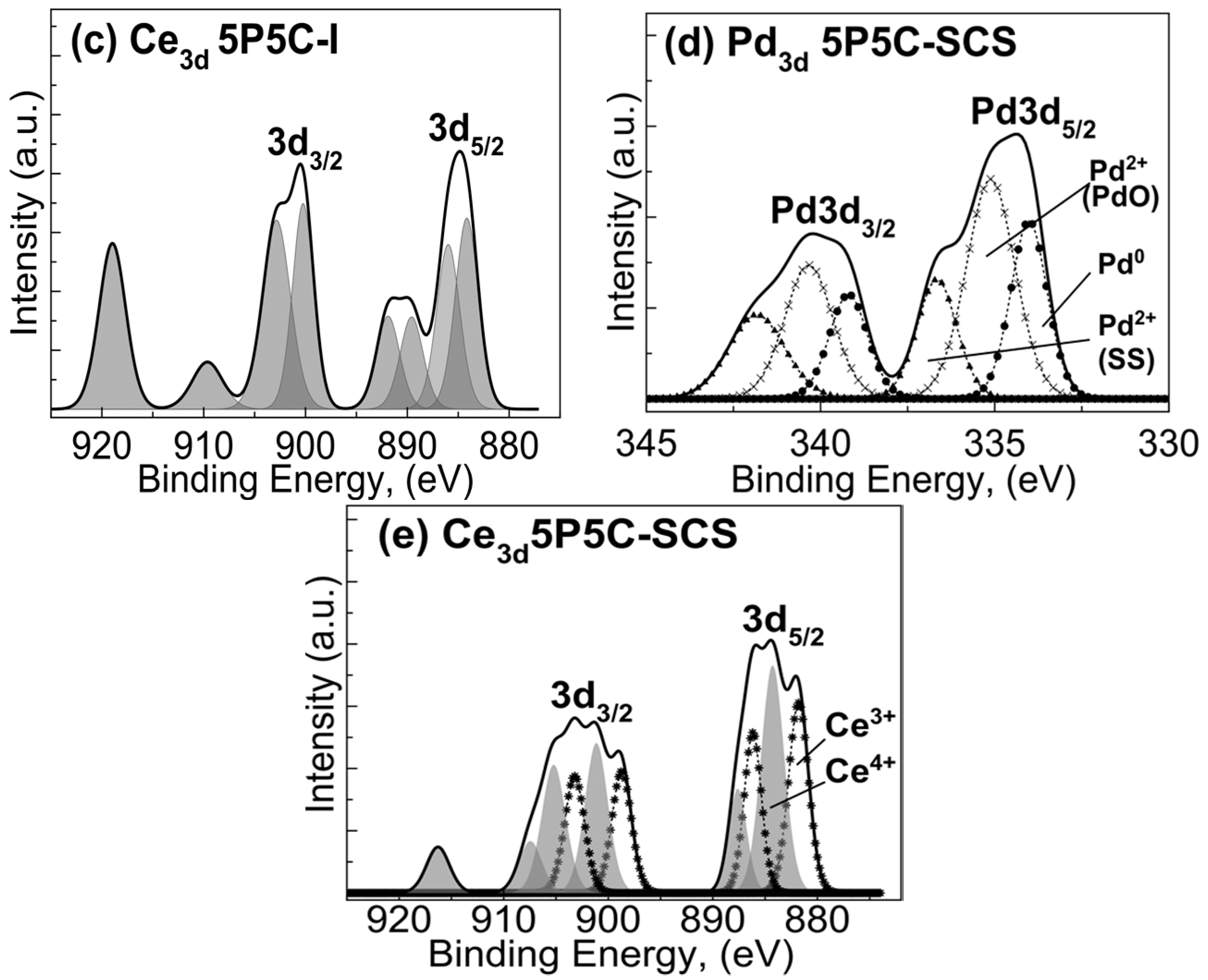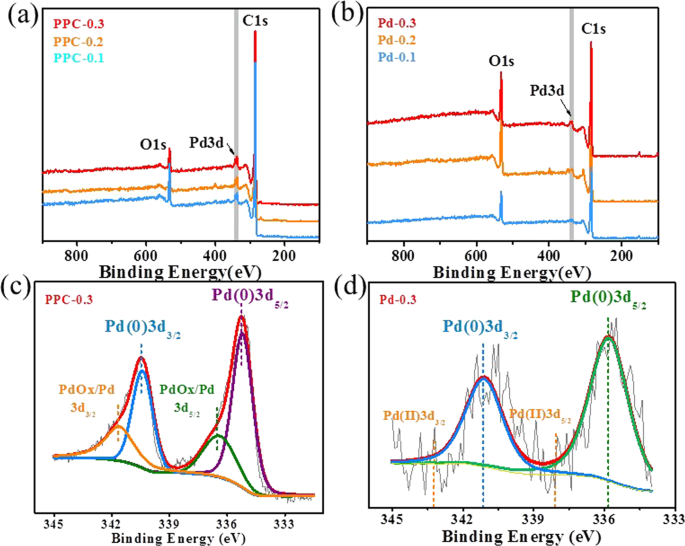

After WWII, Kai Siegbahn and his research group in Uppsala ( Sweden) developed several significant improvements in the equipment, and in 1954 recorded the first high-energy-resolution XPS spectrum of cleaved sodium chloride (NaCl), revealing the potential of XPS. Other researchers, including Henry Moseley, Rawlinson and Robinson, independently performed various experiments to sort out the details in the broad bands.

Innes experimented with a Röntgen tube, Helmholtz coils, a magnetic field hemisphere (an electron kinetic energy analyzer), and photographic plates, to record broad bands of emitted electrons as a function of velocity, in effect recording the first XPS spectrum. Two years after Einstein's publication, in 1907, P.D. In 1887, Heinrich Rudolf Hertz discovered but could not explain the photoelectric effect, which was later explained in 1905 by Albert Einstein ( Nobel Prize in Physics 1921). It is a constant that rarely needs to be adjusted in practice.Įxample of an X-ray Photoelectron Spectrometer Somewhat less routinely XPS is used to analyze the hydrated forms of materials such as hydrogels and biological samples by freezing them in their hydrated state in an ultrapure environment, and allowing multilayers of ice to sublime away prior to analysis.īecause the energy of an X-ray with particular wavelength is known (for Al K α X-rays, E photon = 1486.7 eV), and because the emitted electrons' kinetic energies are measured, the electron binding energy of each of the emitted electrons can be determined by using the photoelectric effect equation,Į binding = E photon − ( E kinetic + ϕ ) can be thought of as an adjustable instrumental correction factor that accounts for the few eV of kinetic energy given up by the photoelectron as it gets emitted from the bulk and absorbed by the detector. XPS is routinely used to analyze inorganic compounds, metal alloys, semiconductors, polymers, elements, catalysts, glasses, ceramics, paints, papers, inks, woods, plant parts, make-up, teeth, bones, medical implants, bio-materials, coatings, viscous oils, glues, ion-modified materials and many others. The detection limit is in the parts per thousand range, but parts per million (ppm) are achievable with long collection times and concentration at top surface. When laboratory X-ray sources are used, XPS easily detects all elements except hydrogen and helium.


XPS requires high vacuum (residual gas pressure p ~ 10 −6 Pa) or ultra-high vacuum (p < 10 −7 Pa) conditions, although a current area of development is ambient-pressure XPS, in which samples are analyzed at pressures of a few tens of millibar. Chemical states are inferred from the measurement of the kinetic energy and the number of the ejected electrons. XPS belongs to the family of photoemission spectroscopies in which electron population spectra are obtained by irradiating a material with a beam of X-rays. It is often applied to study chemical processes in the materials in their as-received state or after cleavage, scraping, exposure to heat, reactive gasses or solutions, ultraviolet light, or during ion implantation. The technique can be used in line profiling of the elemental composition across the surface, or in depth profiling when paired with ion-beam etching. XPS is a powerful measurement technique because it not only shows what elements are present, but also what other elements they are bonded to. X-ray photoelectron spectroscopy ( XPS) is a surface-sensitive quantitative spectroscopic technique based on the photoelectric effect that can identify the elements that exist within a material (elemental composition) or are covering its surface, as well as their chemical state, and the overall electronic structure and density of the electronic states in the material. Basic components of a monochromatic XPS system.


 0 kommentar(er)
0 kommentar(er)
